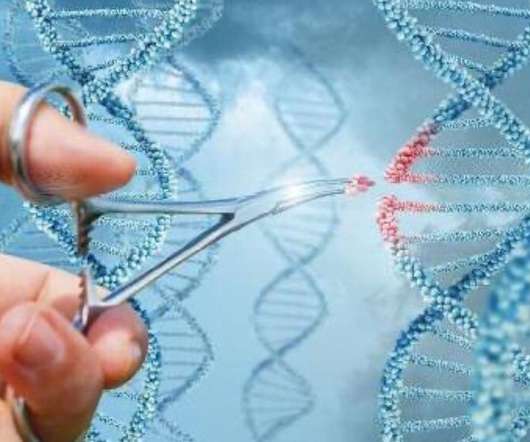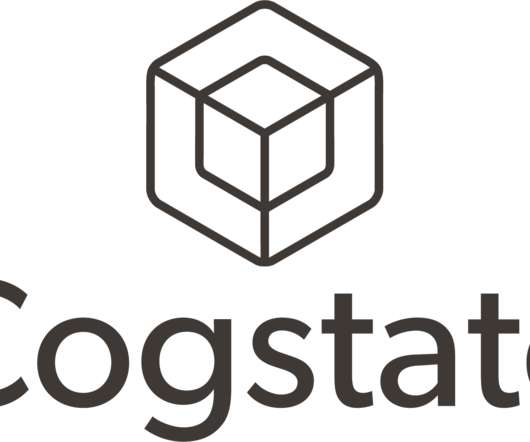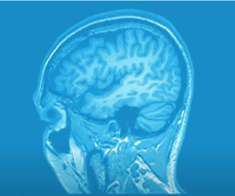AI-designed protein awakens silenced genes, one by one
The Pharma Data
MARCH 7, 2022
The approach will allow researchers to understand the role individual genes play in normal cell growth and development, in aging, and in such diseases as cancer, said Shiri Levy, a postdoctoral fellow in UW Institute for Stem Cell and Regenerative Medicine (ISCRM) and the lead author of the paper. Cas9 binds and uses RNA as an address-tag.

















Let's personalize your content